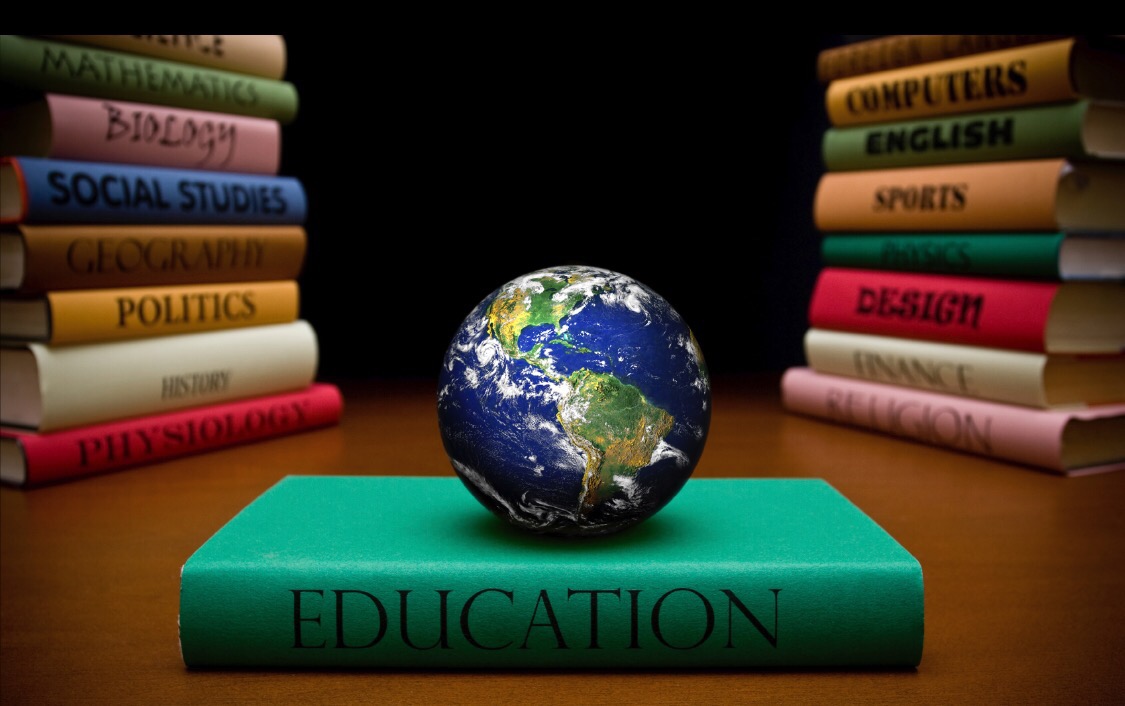These are the 11 most educated countries in the world
The World Economic Forum, a nonprofit foundation, has ranked the most educated countries in the world as part of its annual Global Competitiveness Report.
The WEF created the index using a variety of objective and subjective measures.
Each country’s score, from 1 to 7, is based on factors including secondary education enrollment rate and tertiary education enrollment rate – which means the number of people who studied either at university or an equivalent, such as a nursing college.

The score is also based on answers provided by business leaders from each country, to five questions.
10. New Zealand
Score: 5.9
New Zealand constantly ranks among the top education systems in the world. The country’s education department is innovative: in September, the government outlined plans to introduce online education courses, whereby students are not required to attend school on certain days of the week.
9. Australia
Score: 5.9
Australia is a well-educated country, and has a particularly high proportion of tertiary-educated adults. 43% of adults have trained at an institution after leaving school – that’s behind only Canada, Japan, Israel, Korea, the US, and the UK.
8. United States
Score: 5.9
A large proportion of adults in America have a university education – 43%. That is the fifth highest proportion in the OECD.
7. Norway
Score: 5.9
Norway has high levels of taxation and invests heavily in education. It devotes an annual expenditure of approximately £11,000 ($14,000) per pupil from primary to tertiary education – the third highest figure in the OECD.
6. Denmark
Score: 5.9
Denmark is the OECD country that spent the largest share of its wealth on education, with a total expenditure on educational institutions of 7.9% of its GDP. It is a major priority in the country: it was one of the few countries where education expenditure actually grew during the financial crash of 2008-2010.
5. Belgium
Score: 6.0
In Belgium, higher education pays: unemployment rates for those with a tetiary education is just 3%. Unemployment rates are lower than the European average for every other level of education, too.
Teaching is a well-paid profession in the country: teachers salaries are on average £57,000 ($74,000) adjusted for purchasing power. The OECD average is £39,000 ($52,000).
4. Switzerland
Score: 6.0
A large majority of Switzerland’s population has attained a full secondary education: 86% of 25-64 year olds. A large majority of Switzerland’s population has attained a full secondary education: 86% of 25-64 year olds. The country spends a lot on it: an average of £12,500 ($16,000) per student per year, compared to the EU average of £7,500 ($9,500).
3. Netherlands
Score: 6.1
The Dutch rank highly in many fields of education. A third of Dutch 25-64 year olds hold a university degree, which is significantly higher than the OECD average of 24%.
2. Finland
Score: 6.2
Finland’s education system is widely-acclaimed, especially since a 2010 documentary, “Waiting for Superman,” compared it favourably with the USA’s. Teachers are selected from the top 10 percent of the country’s graduates, and are required to earn a master’s degree in education.
1. Singapore
Score: 6.3
Singapore’s education system is the most highly-regarded in the world, but it is also famously known as a “pressure cooker” for its intensity and strictness. Global comparisons of maths and science ability are often topped by Singapore’s school system.
This time my home country Sweden was just outside the top ten. So there is something to work on.
Source: World Economic Forum

You must be logged in to post a comment.